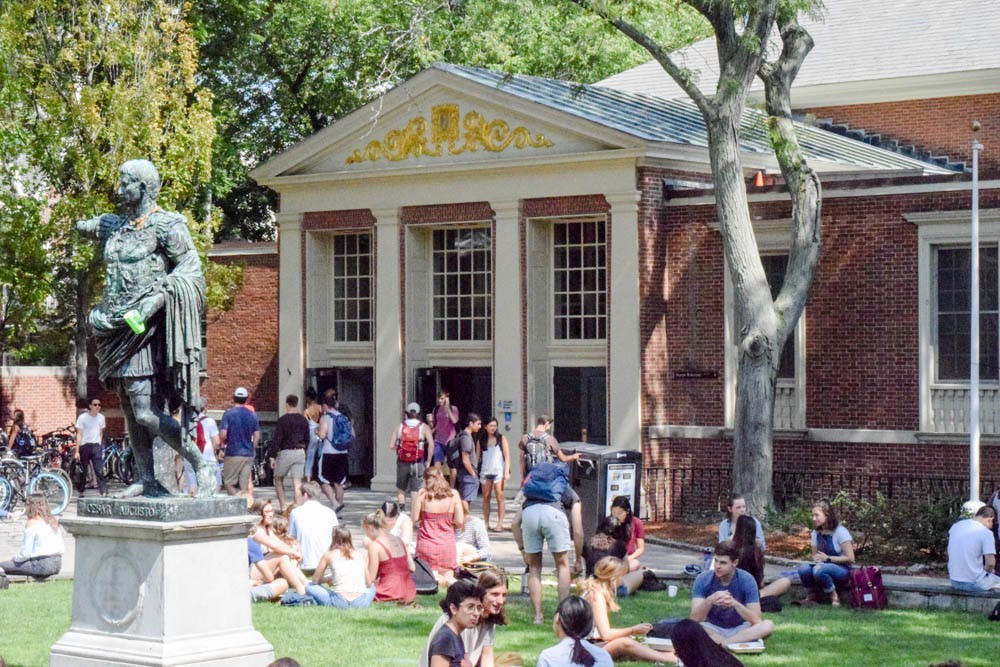Recently, students have expressed concern over the University charging an additional fee to remain on a meal plan during official University recesses, such as spring break.
Stanley Yip ’21, who stayed on campus over spring break this year, said he chose not to buy the University’s spring break meal plan. “To call Dining Services and pay for the plan was more expensive both time-wise and money-wise than if I were just to go to Whole Foods or Wal-Mart and buy groceries,” Yip said.
The University’s spring break meal plan costs $288 and covers three meals a day over the nine days of spring break. In an email to The Herald, Peter Rossi, the director of Dining Services, wrote that the additional fee is due to increased operating costs. The Sharpe Refectory is the only dining hall open over the break.
The University requires students to call dining services to enroll for the spring break meal plan. While the plan is an unexpected expense that is not accounted for in Brown’s cost of attendance, Rossi believes that this arrangement is more equitable in the long run. “Historically, as there are very few students requesting a break meal plan, charging all students for break plans by including the cost in the semester plans is counter to limiting meal plan cost,” Rossi wrote.
Only a few students utilize the University’s break plan, Rossi wrote, adding that fewer than five students on average pay for the spring break plan each year. But the University provided meal plans to approximately 80 athletes who were on campus during spring break for practice and training at no additional cost, Rossi wrote.
In addition, around 300 students with the “highest demonstrated financial need” who were on campus over break also received meal plans at no cost through the University’s Meal Gap program, wrote Vernicia Elie, the assistant dean of the college for financial advising, in an email to The Herald.
The Meal Gap program began during the 2015-16 academic year to offer a formal means of support during official university breaks for students who have the highest demonstrated financial need, Elie wrote.
Students with the highest financial need “have a zero parent contribution or something close to zero” to their tuition and living expenses, Elie wrote.
This year, Elie wrote that she reached out to just over 1,000 students before winter and spring breaks to tell them about their eligibility for the program. “We proactively contacted students and have been doing so the past three years after receiving feedback about this meal gap from our self-identifying first-generation and low-income students as well as international students,” she wrote.
In general, if students arrived in the dining hall on the first day of spring break, “they were allowed entry and their names were shared for follow up later to discuss options for the remainder of the break,” Elie wrote.
Elie invited students who do not have the highest financial need, but find the University’s break plans to be prohibitively expensive to reach out to her or the Dean of the College for assistance.
In response to student concerns about the additional costs of the University’s meal plan over break, Rossi wrote that Dining Services reviews their plans annually. The department “will continue to review in an effort to ensure we are providing the best possible services to students at an appropriate cost,” he wrote.





